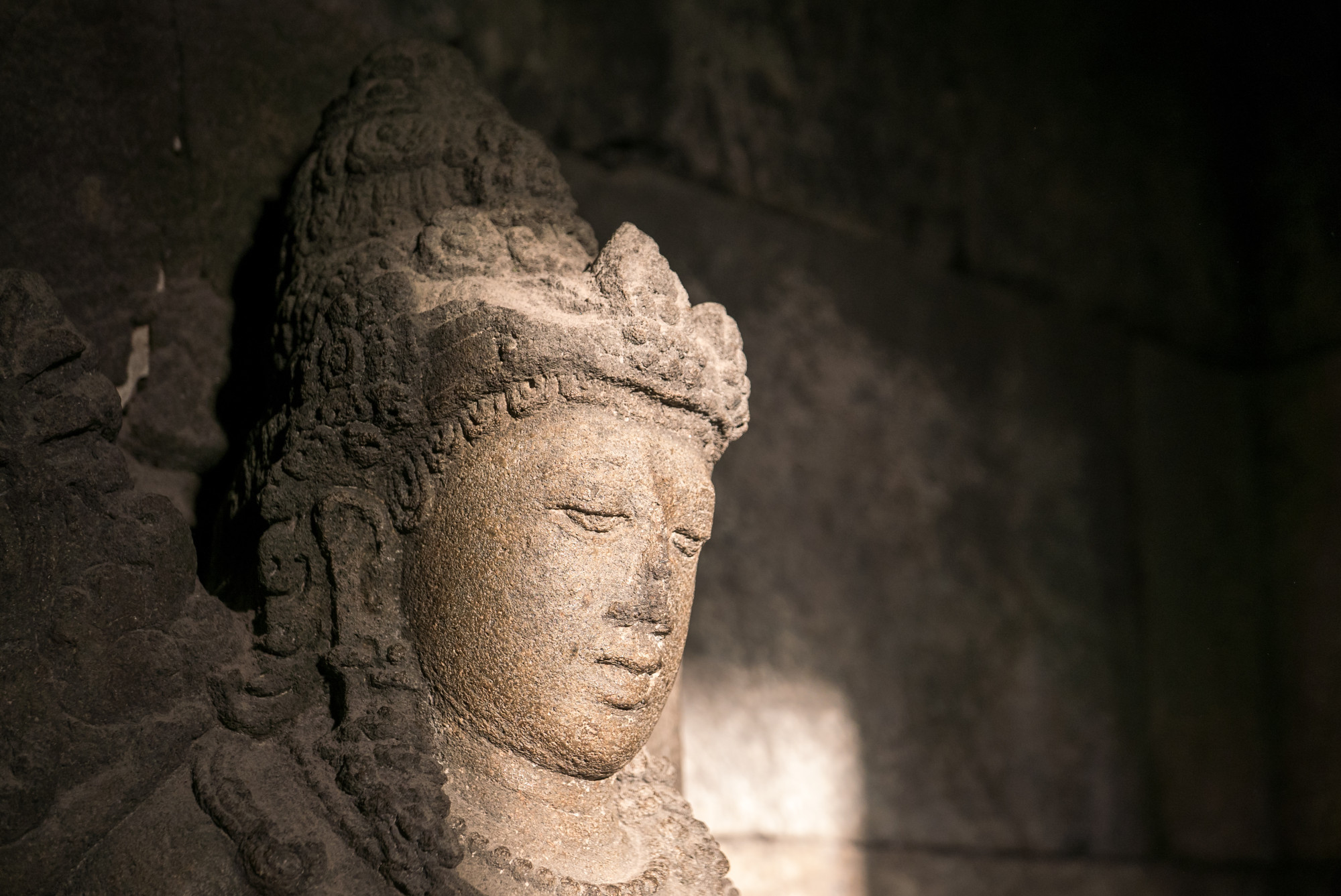The English word “moon” is rooted in the Old English mona, inherited from Germanic. This is from the Proto-Indo-European *me(n)ses-, meaning “moon” and “month”, from the root *me- “to measure”, in reference to the moon’s phases as an ancient measure of time.
This root is seen in many English words: the word “measure”, and all words relating to meter, such as centimetre, symmetry. Mēnsis “month” gives mēnstruus “monthly”, and thence “menstruation”.
To speak of things related to the moon, however, English uses “lunar”. This is from the Latin for “moon”, lūna – Luna also being the name of the Roman goddess of the full moon.
Her Greek counterpart is Selene – selene means “moon”, from the Greek selas “light, brightness, gleam”. Both words derive ultimately from the Proto-Indo-European root *leuk-, “light, brightness”. Selenography is the science of the physical features and geography of the moon.

Curiously, in Nasa’s long history of naming its missions after Greek mythological beings, its most significant programme, which succeeded in landing the first humans on the moon from 1968 to 1972, was named not after any moon deity, but after the sun god. Apollo riding his chariot across the sun was felt then to be appropriate to the grand scale of the proposed programme.

Chandra – originating in the Sanskrit candra “moon”, derived from cand, meaning “to shine” – in the languages of India means “bright, luminous”, and is the word for “moon” as well as its personification as a deity.
The Hindi word yaan, originating in Sanskrit, is a vehicle, coach or carriage.

Indian Prime Minister Narendra Modi declared the landing “a victory cry of a new India”. In fact, the lander is named Vikram (in honour of Vikram Sarabhai, the “father of the Indian space programme”), which means “wise, courageous, victorious”.

